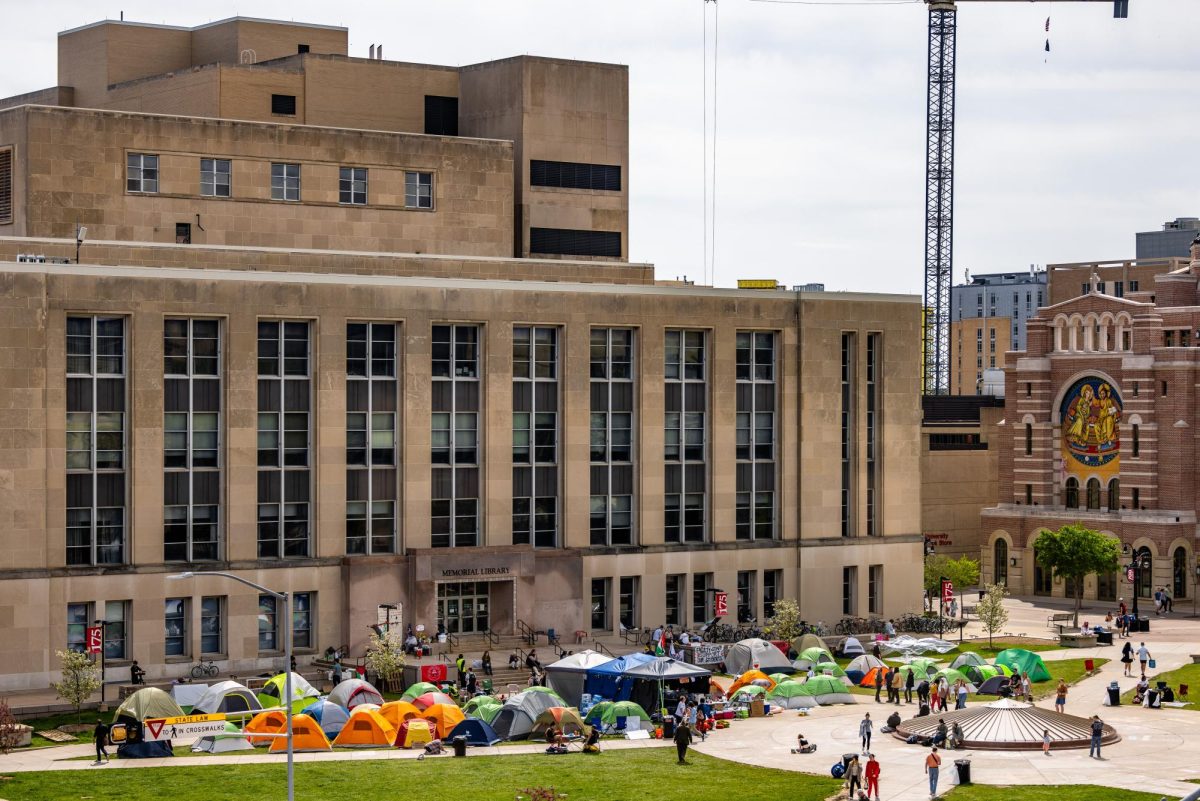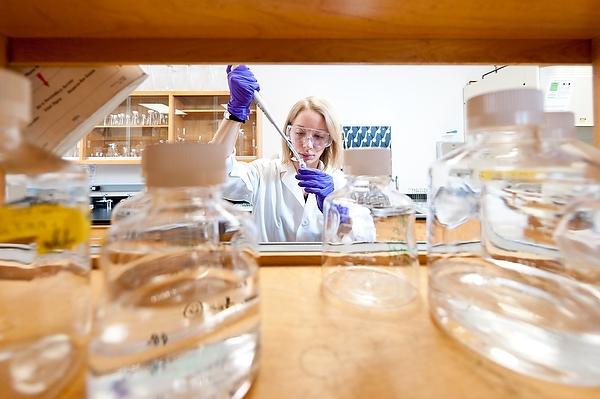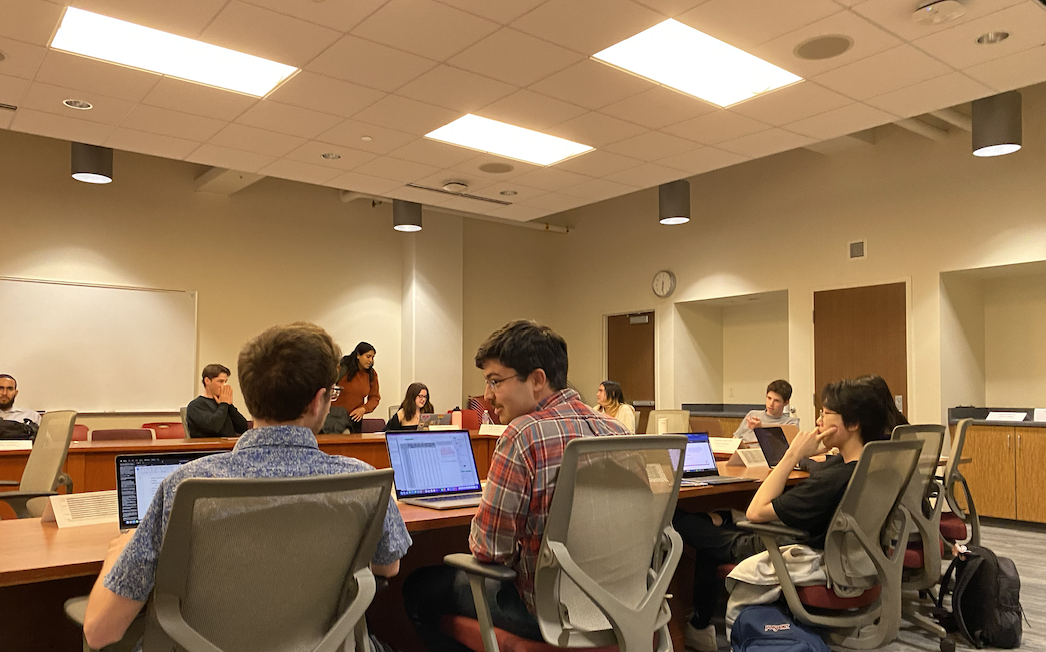Hi there, science lovers! I’m Kayla Zacharias, The Badger Herald’s science writer for spring 2016. I’m a senior majoring in journalism and environmental studies and I’m stoked to debut my new weekly column, Field Notes.
University of Wisconsin has a long history of impactful research. UW researchers were the first to isolate and culture human embryonic stem cells. They made the world’s first synthetic gene. Their projections removed distortions from world maps, more accurately depicted the size of continents and millions of copies have now been adopted and distributed worldwide. They discovered a new link in the chain of human evolution. Nobel prize recipients, Rhodes scholars and award winners of many other disciplines hail from this campus.
Field Notes will break down complex ideas for its readers so they can understand what goes on within the labs that produce breakthrough studies. This column will go inside the minds of UW professors, graduate students and scientists who push the boundaries in their field. Topics will primarily be rooted in life sciences, chemistry and human health. With my background in environmental studies, I’m specifically interested in climate science, clean energy and human — or anthropogenic — impacts on the environment, so those themes are likely to frequent the Field Notes page.
If you’re looking to learn more amount advancements in science, explore what’s going on at a leading research institute or want to get to know the people underneath the lab coats and goggles, keep an eye on what Field Notes has in store. Cheers to a semester of science!
Stories to watch:
How legit is the anthropocene?
The term anthropocene is becoming widely used in the world of climate science, but remains relatively unknown to those outside that inner circle. For those who don’t know, the anthropocene is a proposed epoch that began when human activity started to significantly alter earth’s systems.
There is still considerable debate among geologists and environmentalists about the legitimacy of the anthropocene because, according to the International Union of Geological Sciences — which has the power to make an official decision — we’re still in the Holocene.
Climate scientists at UW are taking the bull (aka the holocene) by the horns. This semester, the Nelson Institute for Environmental Studies is offering a brand new class on the topic called “World Environmental History: Anthropocene.”
So do UW researchers agree that we’ve entered a new epoch? And if so, why? Check back later this semester to find out.
Researcher spotlights
With $1.1 billion put toward research annually, a National Science Foundation survey of 912 institutions ranked UW fourth in terms of investment in research in 2013. There is no shortage of research going on at UW and with that comes interesting researchers.
For example, more recently, Mikhail Kats, an assistant professor and physics researcher at UW, who was recently named one of Forbes’ top 30 scientists under age 30. He has developed a substitute for paint, a single micro-thin lens for imaging systems and is currently using nanotechnology — science, engineering and technology conducted at extremely small scales — to develop new optical equipment, according to Forbes.
Later this semester, look forward to getting to know more UW researchers and the work they are doing on campus.
Clean energy in Wisconsin
Wisconsin currently ranks No. 24 out of all 50 states in terms of the energy we get from renewable sources. Wisconsin’s renewable energy generation has generally increased since 2008, but there’s still plenty of room for improvement, especially in the northern half of the state.
UW has committed resources to exploring clean energy research for years. Our campus is home to the Wisconsin Energy Institute, an energy-efficient facility where scientists research advanced fuels, clean energy and energy storage.
The city of Madison has also taken steps toward implementing cleaner energy practices. Madison Gas and Electric recently set the stage with a plan called Framework 2030, through which the company aims to reduce carbon dioxide emissions by 40 percent and get at least 30 percent of the energy they provide from renewable sources. The way they’re going to achieve these goals are unclear. Will Madison’s utility set an example for others throughout the state, and will they follow suit?












